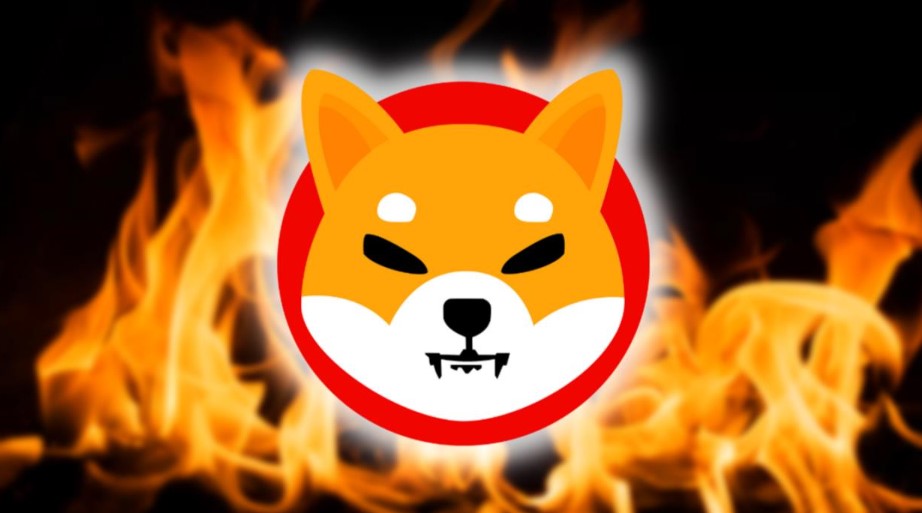When it comes to digital assets, there are a variety of mechanisms that exchanges use to help distribute and manage them. One such mechanism is the so-called “burn” mechanism, which is employed by both Uniglo (GLO) and Shiba Inu (SHIB). In this article, we’ll look closely at how these two assets’ burn mechanisms work and how they differ from Binance Coin (BNB).
The burning mechanism is designed to help control the supply of a given asset. By “burning” or destroying some of the total supply, the value of each remaining token is theoretically increased. This can be accomplished via several methods, but the most common is simply sending the tokens to an address that cannot be spent from.
Uniglo (GLO) And Its Ultra-Burn Mechanic
The industry’s first community-driven, completely asset-backed deflationary coin, Uniglo (GLO), is an extraordinarily unusual concept. With a ground-breaking dual-burn system, GLO keeps supply low while maintaining a high degree of scarcity. By implementing an ultra-burn feature, every transaction entering or leaving Uniglo will result in a 2% recurring loss. Additionally, Uniglo will repurchase and burn $GLO using a larger share of the revenues from its vaults as a whole. A larger sales earnings may be used to
purchase and burn $GLO tokens, having a direct and cascading effect once the money has been taken out and restored within the vault.
Shiba Inu (SHIB) And Its Burning Mechanism
The Shiba Inu token (SHIB) is a cryptocurrency that was created as a parody of the popular Dogecoin (DOGE) on the Ethereum blockchain and is now listed on several cryptocurrency exchanges. Shiba also implements a unique burning portal, Shibburn, where users can burn SHIB tokens themselves. More than 410 trillion SHIB tokens have been burned since the introduction of the Shiba burn portal, helping SHIB to remain stable against recessive market trends.
Binance Coin (BNB) And Its Burning Mechanism
Binance Coin is the native cryptocurrency of the Binance Chain blockchain. As such, it acts as a utility token within the Binance decentralised exchange (DEX) and can be used to pay fees or gas costs on the network.
The Binance team has implemented two burn tools to reduce the total supply of BNB. The first is a quarterly coin burn in which a portion of all fees collected by Binance is used to buy back and destroy BNB tokens. This drives up the price of remaining BNB tokens as demand increases while their supply decreases. The second mechanism is an annual “Developers Reward Fund,” in which 2% of all transaction fees on the Binance Chain are set aside to be used for future development projects – further decreasing the available supply of BNB.
What’s The Difference Between GLO, SHIB, and BNB Burning Mechanics?
While all three projects have implemented burning mechanisms to remain their native token’s floor price stable, some differences remain. Compared to Uniglo, BNB’s burning intensity is rarer. While Ultra-burn applies each $GLO transaction, BNB burning occurs annually or quarterly. Furthermore, the burning mechanism at Shibburn is also entirely manual and custom, meaning users themselves decide how many tokens to send to a dead wallet through the portal. Finally, the circulating supply for Shiba Inu is much higher at over quadrillion SHIB tokens, while Uniglo has a circulating supply of only 218 million GLO tokens. This difference in supply could potentially impact the market prices of Uniglo and prove the burning mechanism actually works.
For More About Uniglo:
Join Presale: https://presale.uniglo.io/register
Website: https://uniglo.io
Tags assigned to this article:






